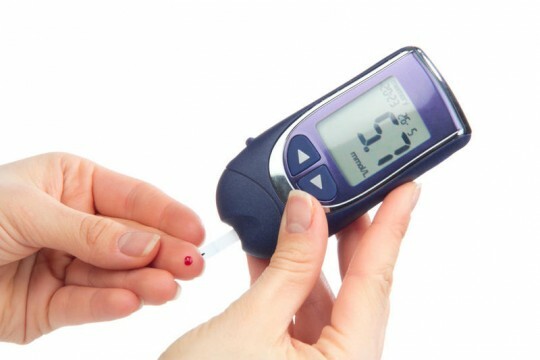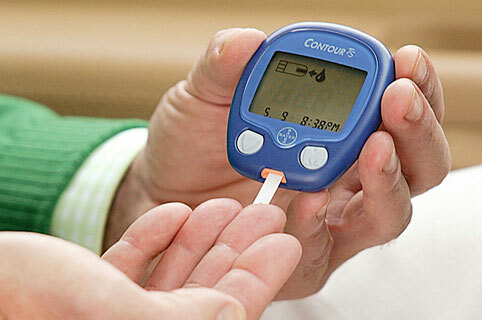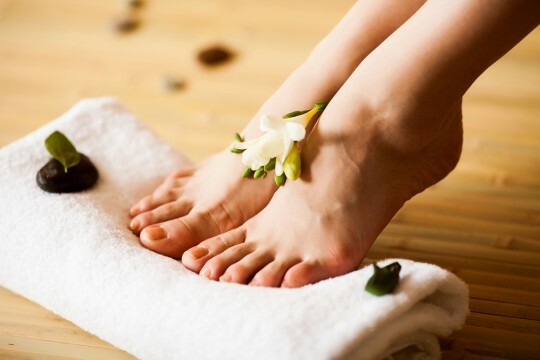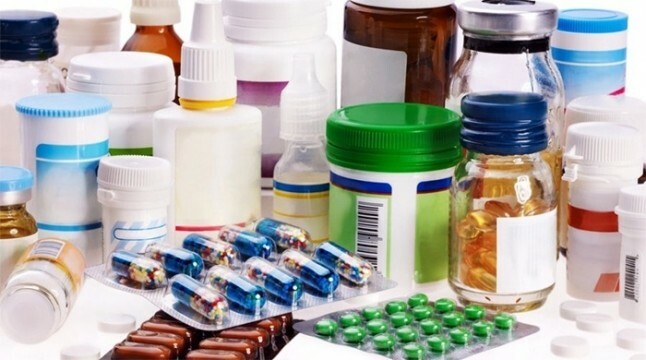Today, when the incidence of diabetes is almost pandemic, the availability of a portable device that allows you to quickly determine the level of glucose at home is vital.
Even if there are no diabetics in the family, it is recommended to check blood for sugar at least once a year. If the attending physician has fixed the pre-diabetic state, it is better not to delay and as soon as possible to purchase the glucometer. The cost of its purchase and supplies will more than pay off the saved health.
After purchasing a glucomere, it is important to properly perform the assay procedures. It is possible that the first time will not be very successful, but nothing particularly complicated in these actions. First, slowly study the instructions for the meter, and then read the instructions for properly filling the test strips with blood several times.
Step-by-step instruction

In order for the sugar figures to be as reliable as possible, the following sequence of actions should be observed:
- Prepare the device for operation, prepare all necessary consumables - a lancet and several( just in case) test strips. Check the expiration date of the strips. Once again make sure that the meter is encoded on the current batch of strips. If there is any failure, then repeat the encoding procedure with a special chip. Take out the diary and the pen. Do not wash your hands first, and then make preparations!
- "As a surgeon before surgery," treat it well with soapy hands. After that, it is important to thoroughly wash your hands of soap under running warm water. Never wash your hands under cold or very hot water! The use of warm water will increase blood circulation exactly to the extent that it will provide the necessary inflow of capillary blood.
- Do not rub your hands with alcohol or alcohol-containing liquids ( cologne).Remains of alcohol and / or essential oils and fats will greatly distort the picture of the analysis.
- Very important - when the hands are washed, you need to dry them well. It is advisable not to wipe, namely to dry the skin naturally .
- Do not rush to make a puncture! Insert the test strip into the device and wait for the confirmation label on the blood glucose meter screen.
- Before striking the lancet, make sure that the skin at the puncture site is dry. It is not necessary to be afraid of a pain - modern lancets for a puncture of a skin have an improbable thin sting, and their prick is practically indistinguishable from a bite of a mosquito. Do not use lancets for punctures several times without special sterilization!
- After the puncture, do not rush to fill the strip immediately! Make several smooth massaging( pushing) movements in the direction from the periphery to the puncture site. Do not press on the finger roughly - strong pressure, leads to a fence for the analysis of "fat and lymph" instead of capillary plasma. And do not be afraid to "lose" the first blood drop - use for the 2nd drop analysis significantly improves the accuracy of the measurement result.
- Remove the first drop with a dry cotton pad, swab or a dry, non-flavored napkin.
- Extrude the second drop, fill the test strip and put it in the device.
- Do not rely solely on the memory program of the device and always record the result in a special diary in which you record: the digital value of sugar, the date and time of measurement;what foods they ate;what medicines were taken;the injection of which insulin and in what volume was made. It will not be superfluous to describe the level of physical and psycho-emotional stresses suffered during the day.
- Switch off and remove the meter in a place out of the reach of children and protected from sunlight. Carefully tighten the bottle with test strips, do not store them in the refrigerator - strips, even in tightly closed containers, need room temperature and dry air. Remember that life can depend on the accuracy of the glucose level in the plasma.
Absolutely not shameful and natural is the desire to take a glucometer during a visit to the endocrinologist - the doctor will always treat with understanding and point out possible errors.
Cautions for

If, for some reason, it is decided to take blood not from the finger, but from the forearm or hand, the rules for preparing the skin for the puncture will remain the same. However, in this case, for accurate indicators of sugar should increase the measurement time after meals for 20 minutes - from 2 hours to 2 hours and 20 minutes.
At home, blood sampling should be performed on an empty stomach or 2 hours after eating, on a certified glucometer, and only with the help of test strips matching it. Measure the sugar level immediately after a meal, it is possible only to compile a table of individual glycemic responses to certain foods. To conduct such tests for diabetics is necessary in consultation with the attending physician.
For diabetics, the results obtained from measuring the level of glucose in the blood plasma are vital, therefore, special attention should be paid to the choice of apparatus and test strips to it. Cheap test strips, old and "lying" meter can greatly distort the results and cause the death of the patient.
How to choose a glucometer
For advice it is better to contact a treating endocrinologist who will help to choose the right model. For diabetics there are state benefits for the devices themselves and for the test strips , so the doctor in charge is always aware of which assortment is available in the nearest pharmacies.
Today the most popular are electrochemical models. If the device is purchased for home use for preventive purposes and for the first time, it is first necessary to understand the following nuances:
- Evaluate the availability of test strips and their cost. To find out whether there is a shelf life after the opening of the package. Make sure the constant availability for the selected model - device and tests should be the same brand .
- To get acquainted with the guarantee of accuracy and declared by the manufacturer the permissible error level of the indicators of the analyzed sugar level. Including it is very important to make sure that the device does not react to "all sugars" in the blood, but estimates only the presence of glucose in the plasma.
- Determine the desired screen size and the number of digits on the display, the need for backlighting, as well as the presence of the Russian menu.
- Find out what the coding mechanism is for a new batch of strips. For older people it's better to choose the automatic version of the encoding.
- Remember the minimum volume of plasma that will be needed to perform the test - the most common digits are 0.6 to 2 μl. If the device is to be used for children's testing, choose the device with the lowest value.
- It is very important - in what metric unit is the result displayed? In CIS countries, mol / l is taken, in others - mg / dL.Therefore, for the translation of units, it should be remembered that 1 mol / L = 18 mg / dL .For the elderly, such calculations are problematic.
- Is the proposed amount of memory( variants from 30 to 1500 measurements) significant and whether the program of calculations of the averaged results is necessary for the week, 2 weeks, a month.
- Decide on the need for additional functions, including the ability to transfer data to a computer.
The Japanese "Contour TS" is considered to be one of the best devices that are used at home, according to the "price-quality" evaluation: it does not require encoding, it is easy to operate, the test-strip shelf life does not depend on opening the package and requires onlyonly 0.6 μl of blood.
For blind and visually impaired people the Clever Chek TD-4227A model will be an excellent instrument, which can "talk" and read out the results in Russian.
It is important to follow the shares - the exchange of old modifications to modern ones, are conducted in pharmacies constantly!



